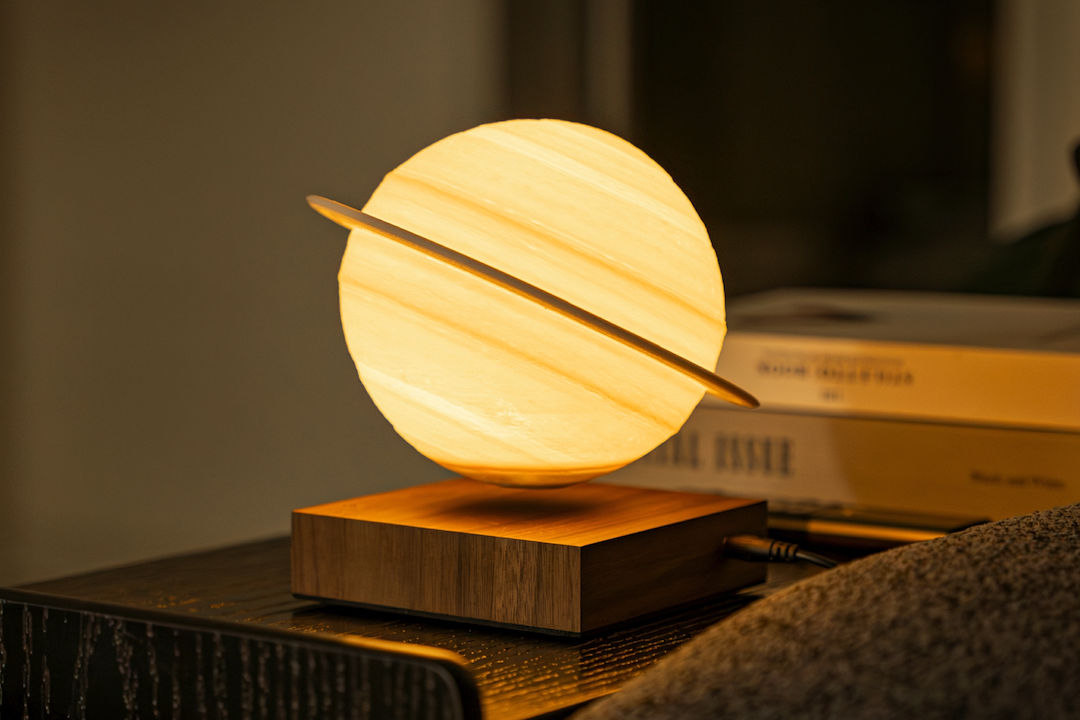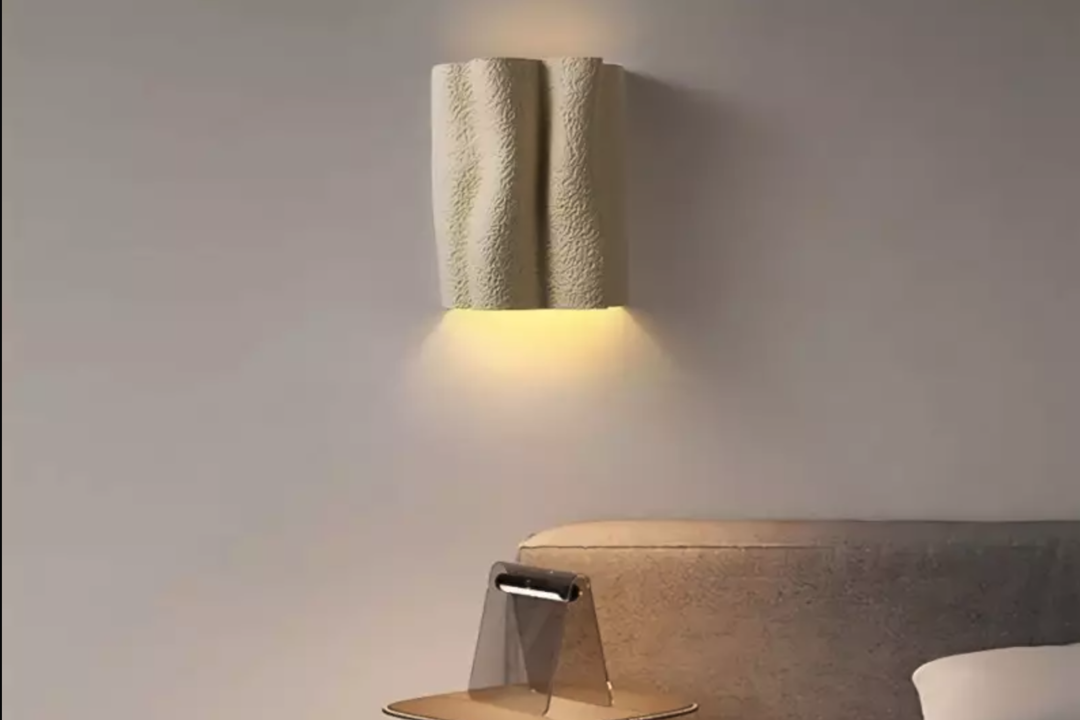Introduction
Poul Henningsen (1894-1967) was one of the most influential Danish designers and architects of the 20th century. His most famous creation, the PH Lamp, has become a design icon worldwide. The PH Lamp is not only a lamp but also a design philosophy, reflecting Poul Henningsen’s unique approach to light, form and function. This article will delve into the history, design, and impact of the PH Lamp.
History of PH Lamp
The PH Lamp was first introduced in 1926 by Danish lighting manufacturer Louis Poulsen. At the time, lighting design was considered to be purely functional, and aesthetics were not given much importance. Poul Henningsen’s PH Lamp challenged this notion and introduced an entirely new approach to lighting design. The PH Lamp consisted of multiple layers of shades, each designed to diffuse and redirect light, creating a soft and glare-free illumination.
Design of PH Lamp
The PH Lamp’s layered shade design was inspired by Poul Henningsen’s interest in math and geometry. He believed that the right angles and curves of the shades would produce the ideal distribution of light. The PH Lamp’s shade is made up of three layers of hand-blown opal glass shades. The top and bottom shades are painted white on the inner surfaces, and the center shade is clear. The shades are arranged in such a way that the light is diffused softly, and the opening at the top of the shade directs some light upward, creating a soft glow on the ceiling. The lampstand and base are made of brass, which complements the warm light emitted by the shades.
Impact of PH Lamp
The PH Lamp’s innovative design and functionality made it an instant hit when it was introduced. It received international acclaim and was showcased in several design exhibitions. The PH Lamp’s success paved the way for Poul Henningsen’s career, and he went on to design many more lamps for Louis Poulsen, each following the same principles.
The PH Lamp’s influence can be seen in other lighting fixtures that followed its design philosophy. Many contemporary lighting fixtures borrow elements from the PH Lamp’s layered shade design, diffusing light and creating a warm and inviting atmosphere. The PH Lamp’s design philosophy remains relevant even today, almost a century after its introduction.
Conclusion
Poul Henningsen’s PH Lamp is a testament to his design philosophy and the innovative approach he brought to lighting design. Its layered shade design and its ability to diffuse light have made it an icon of modern design. The PH Lamp has had a significant impact on the design world, inspiring designers to think beyond function and consider aesthetics as well. Its legacy lives on, and it remains a much-coveted object in homes and design studios worldwide.



